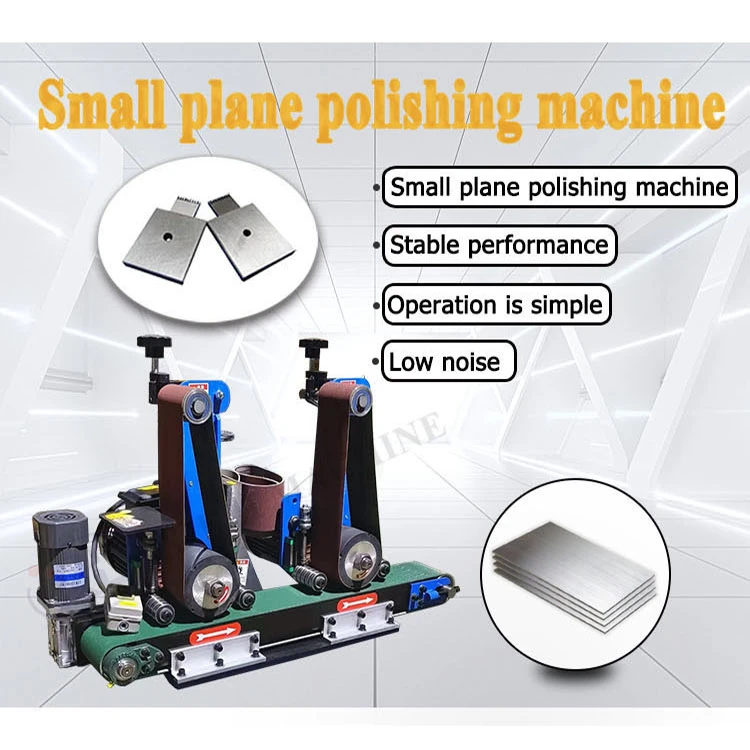Understanding Ovality in Centerless Grinding Implications and Solutions
Centerless grinding is a highly efficient machining process used for producing cylindrical parts with tight tolerances and excellent surface finishes. However, one critical issue that can compromise the quality of the finished product is ovality, which refers to a deviation from the perfect circular shape of the workpiece. In this article, we will explore the causes of ovality in centerless grinding, its implications on product quality, and solutions to mitigate this effect.
What is Ovality?
Ovality, in the context of centerless grinding, occurs when a cylindrical part isn’t perfectly round. Instead of having a uniform radius, the part may exhibit an elliptical shape, resulting in variations in diameter along its length. This defect can lead to several problems, including poor fitment in assemblies, increased wear in mating parts, and compromised structural integrity, ultimately affecting the reliability of the end product.
Causes of Ovality in Centerless Grinding
Several factors can contribute to the ovality in centerless grinding
1. Setup Issues The initial setup of the grinding machine is crucial for ensuring a uniform grinding process. Misalignment of the grinding wheel, regulating wheel, or work rest blade can lead to non-uniform material removal, causing ovality.
2. Inconsistent Feeding The way the workpiece is fed into the grinding area significantly impacts its geometric consistency. Variations in feeding speed or pressure caused by improper workpiece support can introduce an ovality defect.
3. Grinding Wheel Condition The condition of the grinding wheel can greatly influence the machining process. A worn or damaged wheel may not remove material uniformly, resulting in variations in diameter.
4. Workpiece Properties The material properties of the workpiece itself can also be a contributing factor. Materials that are prone to warping or those with uneven hardness can result in irregular shapes during grinding.
5. Thermal and Mechanical Influences Heat generated during the grinding process can lead to thermal expansion. If the workpiece heats unevenly, it may expand in certain areas, resulting in ovality once cooled.
Implications of Ovality on Product Quality
ovality in centerless grinder product

The presence of ovality in machined components can have far-reaching implications. First and foremost, it can lead to assembly issues since poorly round parts may not fit into designs accurately. This misalignment can affect the overall function of the assembly, leading to increased wear and tear and possibly premature failure.
Moreover, in precision applications such as bearings or shafts, the performance can be severely compromised. For instance, an elliptical shaft will exert uneven stress on the bearing surfaces, leading to rapid failure. In industries such as aerospace or automotive, where precision is paramount, ovality can impact safety and reliability.
Solutions to Mitigate Ovality
To counteract ovality in centerless grinding, manufacturers can adopt several strategies
1. Improving Setup Practices Ensuring that all machine components are correctly aligned is fundamental. Regular maintenance and calibration of the grinding machine are essential to maintain accuracy in the setup.
2. Optimizing Feeding Techniques Implementing automated feeding systems can help achieve more consistent feeding rates and pressures, reducing the risk of ovality. Additionally, ensuring proper support and stability of the workpiece during grinding is crucial.
3. Regular Wheel Maintenance Keeping grinding wheels in optimal condition can significantly reduce the possibility of ovality. Regular dressing of grinding wheels can ensure a uniform cutting surface, enhancing the quality of the machined parts.
4. Material Selection Choosing materials with uniform properties and low warp tendencies can mitigate the risk of ovality. Additionally, pre-treatment processes such as stress relieving can help stabilize the workpiece.
5. Monitoring Thermal Effects Implementing cooling systems or using heat-resistant materials can help manage temperatures during grinding, reducing the chances of thermal expansion affecting the workpiece shape.
Conclusion
Ovality in centerless grinding presents a significant challenge that can affect product quality and performance. By understanding the factors contributing to this defect and employing strategies to mitigate its effects, manufacturers can enhance the quality of their machined components. Continuous improvement in machining practices not only ensures superior products but also bolsters the overall reliability and efficiency of manufacturing processes.





